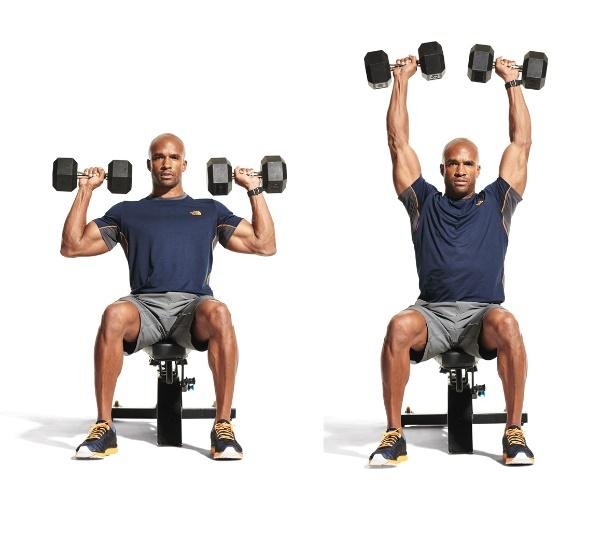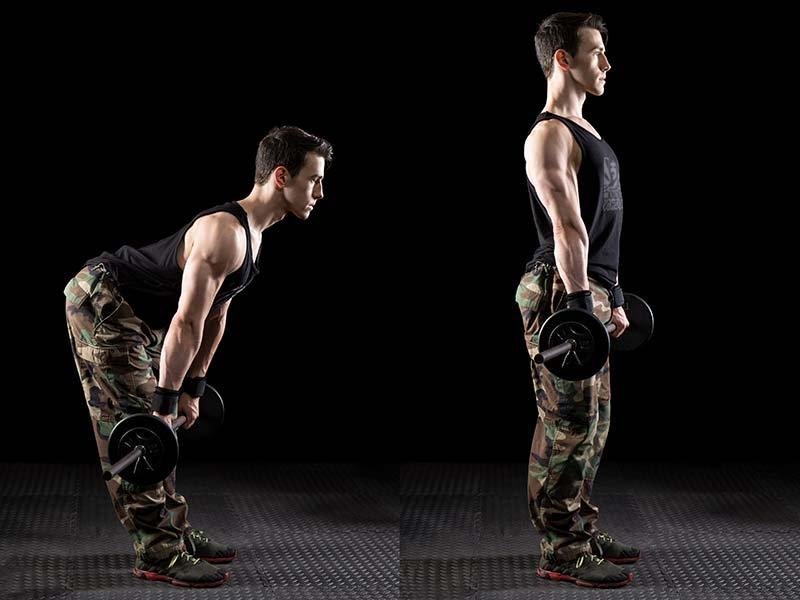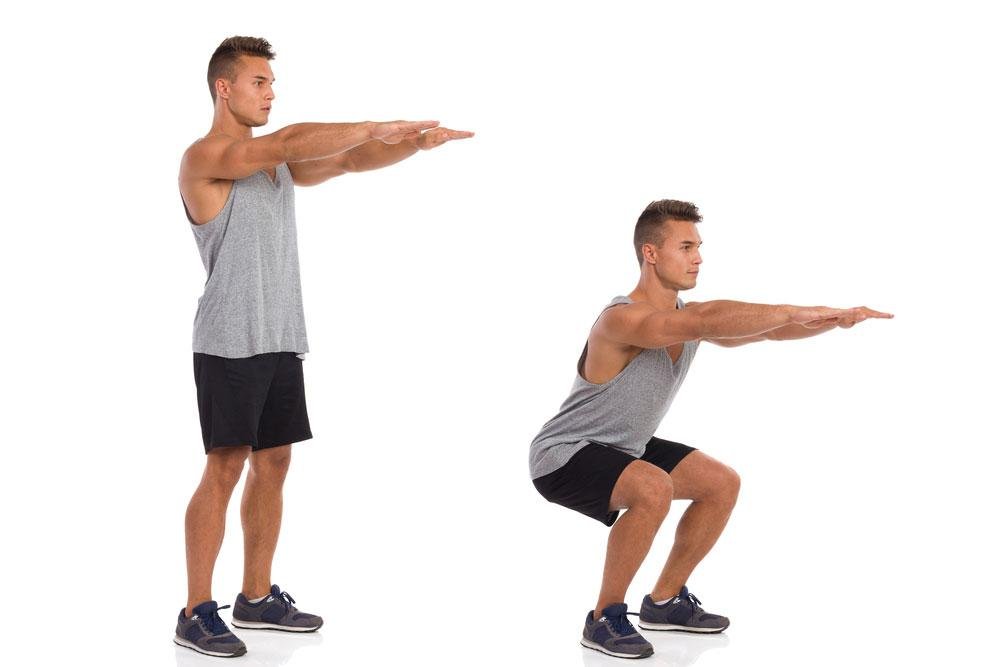Improving Bone Health
Have you been diagnosed with osteoporosis or are you worried about the bone health of your child or adolescent? Calcium and vitamin D are common methods of promoting good bone health, but there are many other ways to promote strong bones throughout life. Early on in life, we can participate in a wide variety of activities that stimulate bones to increase in size, which protects against fractures in the long term (Tveit, 2015). Even after you are done growing, exercises still play a huge role in the health of bones.
Bones grow stronger when the correct stimulus is provided, but the process to remodel bone takes about 4 months (Watson, S.L., Weeks, B.K., Weis, L.J., et al., 2018). Providing a variety of stimulation early in life is important for developing bone size. After puberty, bones generally do not increase in size (Tveit, 2015). Both bone size and density are important to the overall health of the bone. Larger bones are more resistant to fracture, and dense bones are harder to fracture than porous bones, making the combination of large and dense bones ideal. This is why multiple types of stimuli (jumping, cutting, and turning) are recommended early on in life (Tveit, 2015; Tenforde, 2018).
Part of increasing in age, particularly around 50 years old, bone density and muscle mass decrease, both of which increase the risk of osteoporosis (Kirk, Zanker, J., & Duque, G., 2020).
This is why it is important to continue to move and maintain protein intake (1.2 grams of protein per 2.2 lbs of body weight). LIFTMOR was a study done to see if High-Intensity Resistance Impact Training could help improve the bone health of older adults, who were osteoporotic or osteopenic. Participants performed four activities, for 30 min, two times a week for eight months. The first month was spent practicing the four activities, without weights to help participants learn how to do the movements, and then weights were added throughout the trail as needed. Below are the activities and description of the workout:
4 activities: deadlift, overhead press, back squat, and chin-ups with drop landings
5 sets of 5 reps – 80-85% of 1 rep max
Warm up consisted of 2 sets of deadlifts at 50-70% of 1 rep max
Chin-ups w/ drop landings
“Grasp an overhead bar with their shoulders and elbows flexed to 90 degrees, and their hands shoulder width apart with an underhand grip. The participant then jumped as high as possible while simultaneously pulling themselves as high as possible with their arms. At the peak of the jump, the participant dropped to the floor, focusing on landing as heavily as comfortably possible.”
Not only did LIFTMOR find that these activities were safe for the participants, but bone density and functionality improved. You can watch a clip of the participants completing the activities here.
No matter your age, there is something you can do to help improve bone health, even if you have already been diagnosed with osteopenia/osteoporosis. Keep lifting weights, strengthening muscles that pull on bones, providing a stimulus for bones to grow stronger.
Written by Veronica Farrier, SPT
References:
Kirk, Zanker, J., & Duque, G. (2020). Osteosarcopenia: epidemiology, diagnosis, and treatment—facts and numbers. Journal of Cachexia, Sarcopenia and Muscle, 11(3), 609–618. https://doi.org/10.1002/jcsm.12567
Tenforde, Adam S., et al. "Sport and triad risk factors influence bone mineral density in collegiate athletes." Med Sci Sports Exerc 50.12 (2018): 2536-43.
Tveit, M., et al. (2015). Exercise in youth: High bone mass, large bone size, and low fracture risk in old age. SJMSS, 25(4), 453-61; Tenforde, A. S., & Fredericson, M. (2011). Influence of sports participation on bone health in the young athlete: a review of the literature. PM&R, 3(9), 861-7.
Watson, S.L., Weeks, B.K., Weis, L.J., Harding, A.T., Horan, S.A. and Beck, B.R. (2018), High-Intensity Resistance and Impact Training Improves Bone Mineral Density and Physical Function in Postmenopausal Women With Osteopenia and Osteoporosis: The LIFTMOR Randomized Controlled Trial. J Bone Miner Res, 33: 211-220. https://doi.org/10.1002/jbmr.3284




